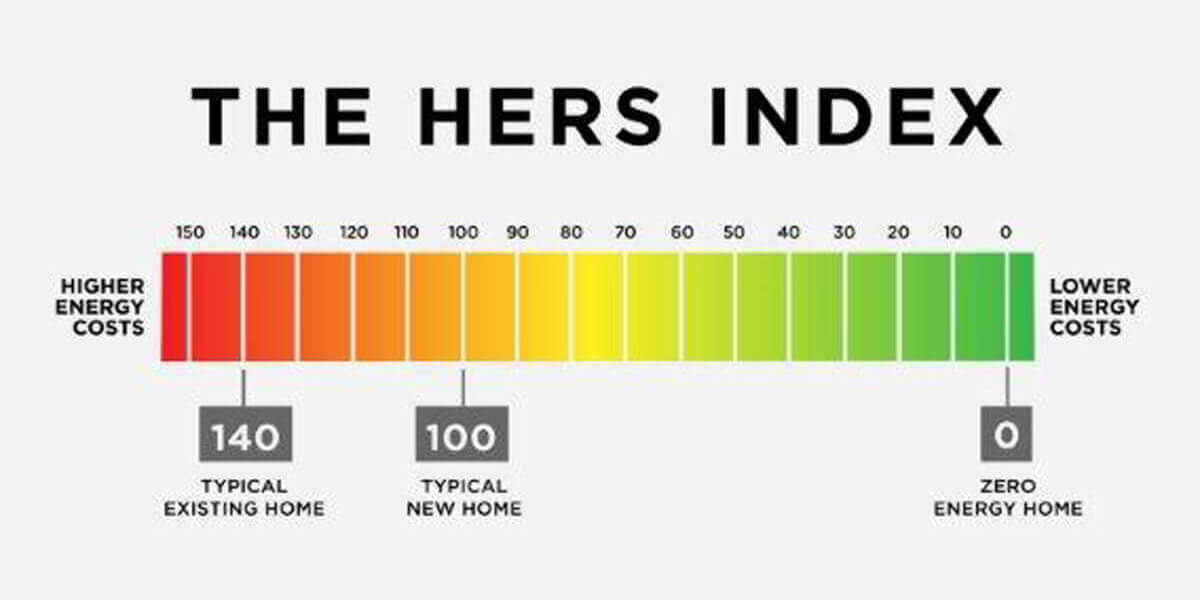It holds a special place in our national culture. Whether it’s Monday night or Friday under the lights: countless players, coaches, and fans plan their fall schedules around it. Maybe you’re an avid fan or maybe you know less than nothing about it, but either way, football comprises America’s autumn.
Thanks to the U.S. Department of Energy (DOE), those Friday night lights are now more energy efficient than before. Next time you go to a game under the lights, or even to your local big box store, take a look at the enormous lights. If you see dome-shaped fixtures and bright white lights, there’s a good chance you’re looking at metal halide lights.
The DOE recently released new energy conserving standards for metal halide lights. These higher standards are another step toward President Obama’s goal to reduce carbon dioxide emissions. President Obama aims to cut these greenhouse gas emissions by three billion metric tons by 2030, simply through efficiency standards. The DOE’s proposal adds a piece to this plan’s success.
The proposed standards will save businesses, organizations, gymnasiums, and stadiums a net savings of $3 billion. It will lower carbon dioxide emissions by 15-17 million metric tons in the next sixteen years. By simply setting higher standards for big lights, the DOE will save the country money and effectively reduce greenhouse gas emissions.
Metal halide lighting is used in a wide variety of locations in our country, including large-scale stores, sports fields, gymnasiums, warehouses, parking garages, and street lights. If all of these lights improved their energy efficiency, then energy conservation would substantially increase throughout the country. The proposed standards would cover fixtures from 50-2,000 watts.
The DOE’s new standards improve the ballasts that drive metal halide lights. These ballasts start the lamp, regulate the provided current, and ensure consistent output. The existing ballasts are not 100% energy efficient. There are frequent energy losses between the power input to the ballast and the power output to the lamp. This failure wastes 10-30% of the total energy, depending on the lamp’s wattage.
Typical metal halide ballasts are magnetic, and consist of metal coils that wrap around a magnetic core. Magnetic ballast efficiency can be improved by using a higher-grade core steel, replacing aluminum wiring with copper wiring, and adding steel laminations. Electronic ballasts save more energy than magnetic by using electronic circuitry in place of a core and coil.
DOE aims to have the new standards in place by January of 2014. It is expected to be the first of many proposals to continually increase energy conservation. A new metal halide lamp fixture should have been finalized two years ago, but delays at the White House’s Office of Management and Budget held up this proposed standard. With President Obama’s renewed commitment to energy conservation, these proposed standards have an optimistic future, filled with savings.















